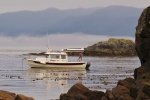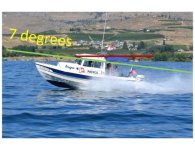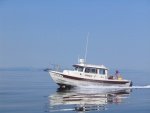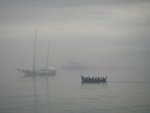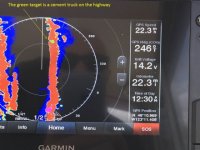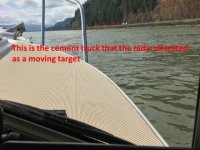I'm curious what y'all do when installing things that you'd usually take some care to "level" if you were installing them in your house or other land-based environment.
I mean, I get it - it's a boat, and "level" depends on the weight distribution within the boat... any motion of the surface of the water... speed you're going (on plane, etc) and so on.
Even sitting at home on the trailer, I really don't know how well things compare with being on the water - depends on how well the boat is centered/seated in the bunks, how far I have the tongue of the trailer jacked up, etc.
So - what if anything could I use as a reasonable reference for "level"? Can I assume the counter tops and/or table top in the cabin are supposed to be approximately "level" when the boat is sitting in calm water and 'factory' loaded?
Just curious what others do in this regard. The applications I'm thinking of don't have to be precise - I'm leaving my machinist's level in its case - but I'd like to at least use a common and reasonable reference... if that makes sense?
P.S. I'm not talking about anything that needs to be installed on a gimbal or anything, either... they'll be permanently attached to the boat, just wanting them to be "level" relatively speaking to other "level" things.
I mean, I get it - it's a boat, and "level" depends on the weight distribution within the boat... any motion of the surface of the water... speed you're going (on plane, etc) and so on.
Even sitting at home on the trailer, I really don't know how well things compare with being on the water - depends on how well the boat is centered/seated in the bunks, how far I have the tongue of the trailer jacked up, etc.
So - what if anything could I use as a reasonable reference for "level"? Can I assume the counter tops and/or table top in the cabin are supposed to be approximately "level" when the boat is sitting in calm water and 'factory' loaded?
Just curious what others do in this regard. The applications I'm thinking of don't have to be precise - I'm leaving my machinist's level in its case - but I'd like to at least use a common and reasonable reference... if that makes sense?
P.S. I'm not talking about anything that needs to be installed on a gimbal or anything, either... they'll be permanently attached to the boat, just wanting them to be "level" relatively speaking to other "level" things.

